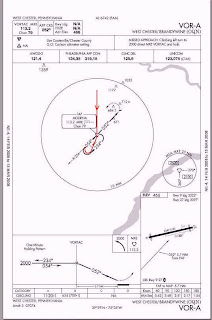jdwatkins
Filing Flight Plan
Teardrop? Parallel? Direct? without GPS
The book seems to make this overly complicated to me...
Lets say IB radial to airport is 270 and OB is 090..
It seem to me, if your coming from the western half you can can do a teardrop or parallel of your choice. Depending on how is the best way to make wind corrections.
As long as you stay on the protected side and within 10 miles.
If your coming from the eastern half. make a direct entry.
As long as you stay on the protected side and within 10 miles.
Why does the books and instructors do all 20 degrees off set from a 90 degree stuff and even complicate things with parallell or teardrop? Seems like common sense to me... you don't need to make more than a 90 degrees turn to intercept.
What am I missing?
The book seems to make this overly complicated to me...
Lets say IB radial to airport is 270 and OB is 090..
It seem to me, if your coming from the western half you can can do a teardrop or parallel of your choice. Depending on how is the best way to make wind corrections.
As long as you stay on the protected side and within 10 miles.
If your coming from the eastern half. make a direct entry.
As long as you stay on the protected side and within 10 miles.
Why does the books and instructors do all 20 degrees off set from a 90 degree stuff and even complicate things with parallell or teardrop? Seems like common sense to me... you don't need to make more than a 90 degrees turn to intercept.
What am I missing?




